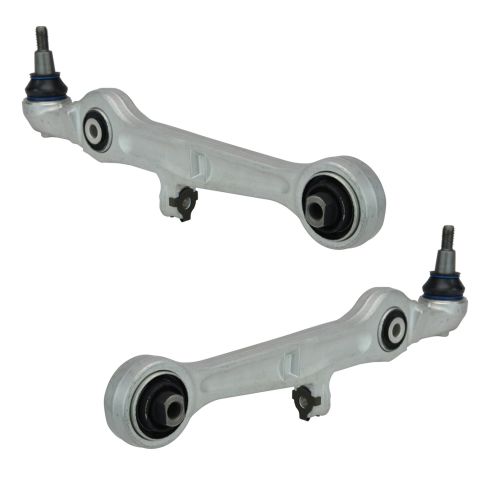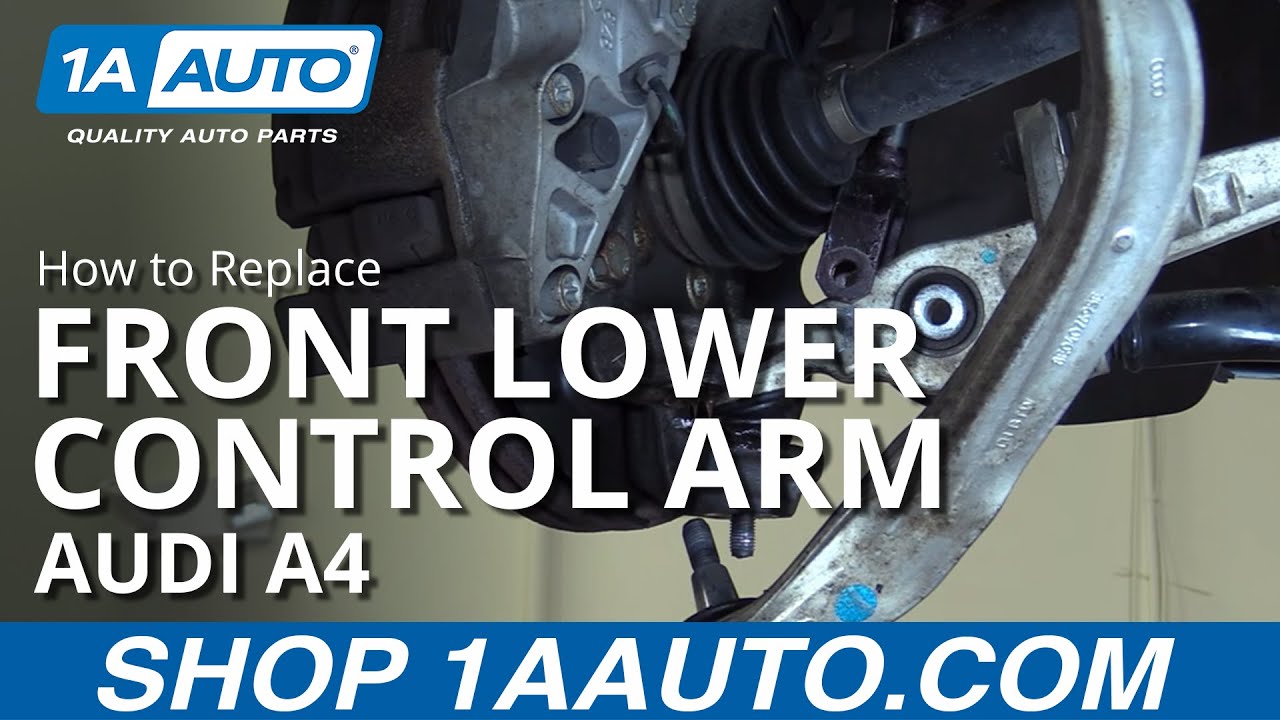1ASFK00852-Audi A4 A4 Quattro RS4 S4 Front Driver & Passenger Side 2 Piece Control Arm with Ball Joint Set TRQ PSA62327

Replaces
Audi A4 A4 Quattro RS4 S4 Front Driver & Passenger Side 2 Piece Control Arm with Ball Joint Set TRQ PSA62327

Product Reviews
Loading reviews
5.00/ 5.0
3
3 reviews
Control Arms for 2005 Audi Cabriolet
October 20, 2019
I gave them the dealer number and the parts fit my car perfectly and works well. i will continue to shop from this company as they deliver exactly what you need.
Love it
December 1, 2021
Perfect fit
Audi A4
May 31, 2023
Fast shipping great quality
Customer Q&A
No questions have been asked about this item.









